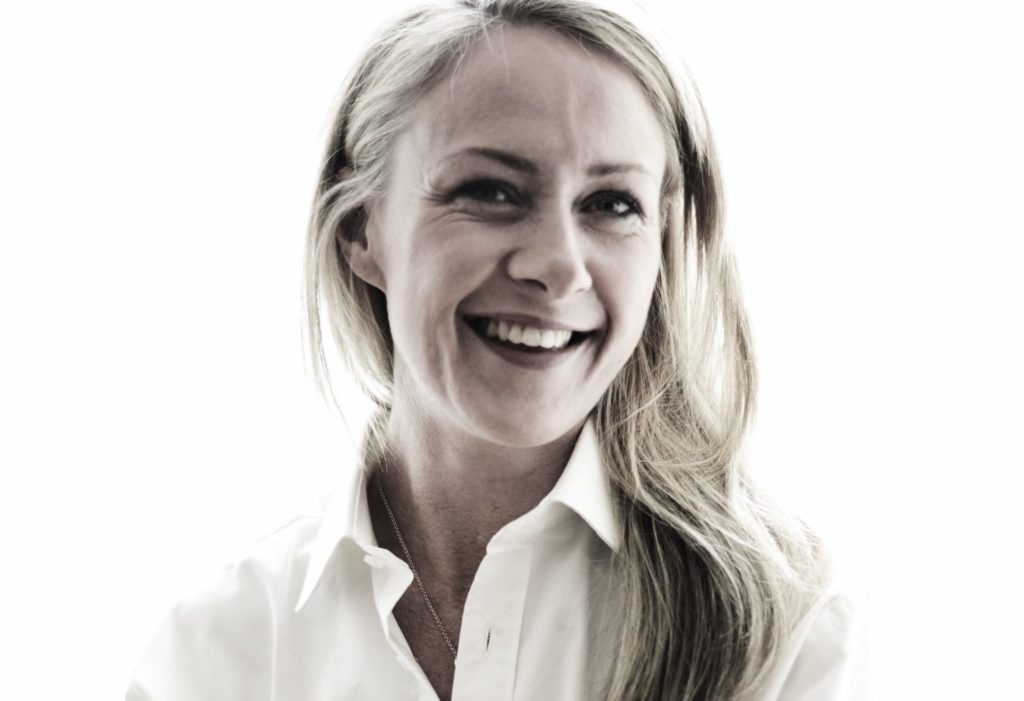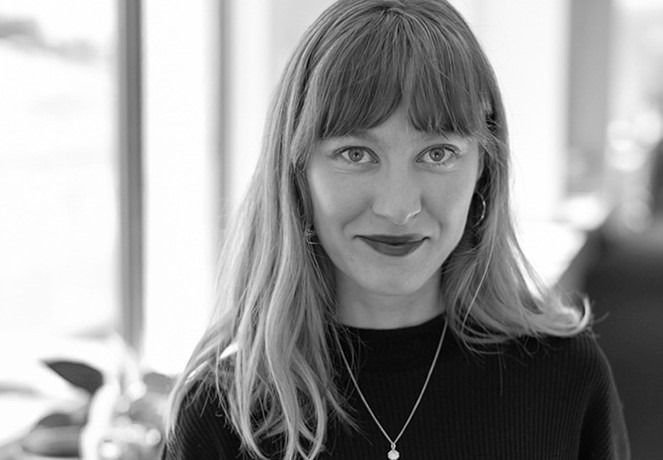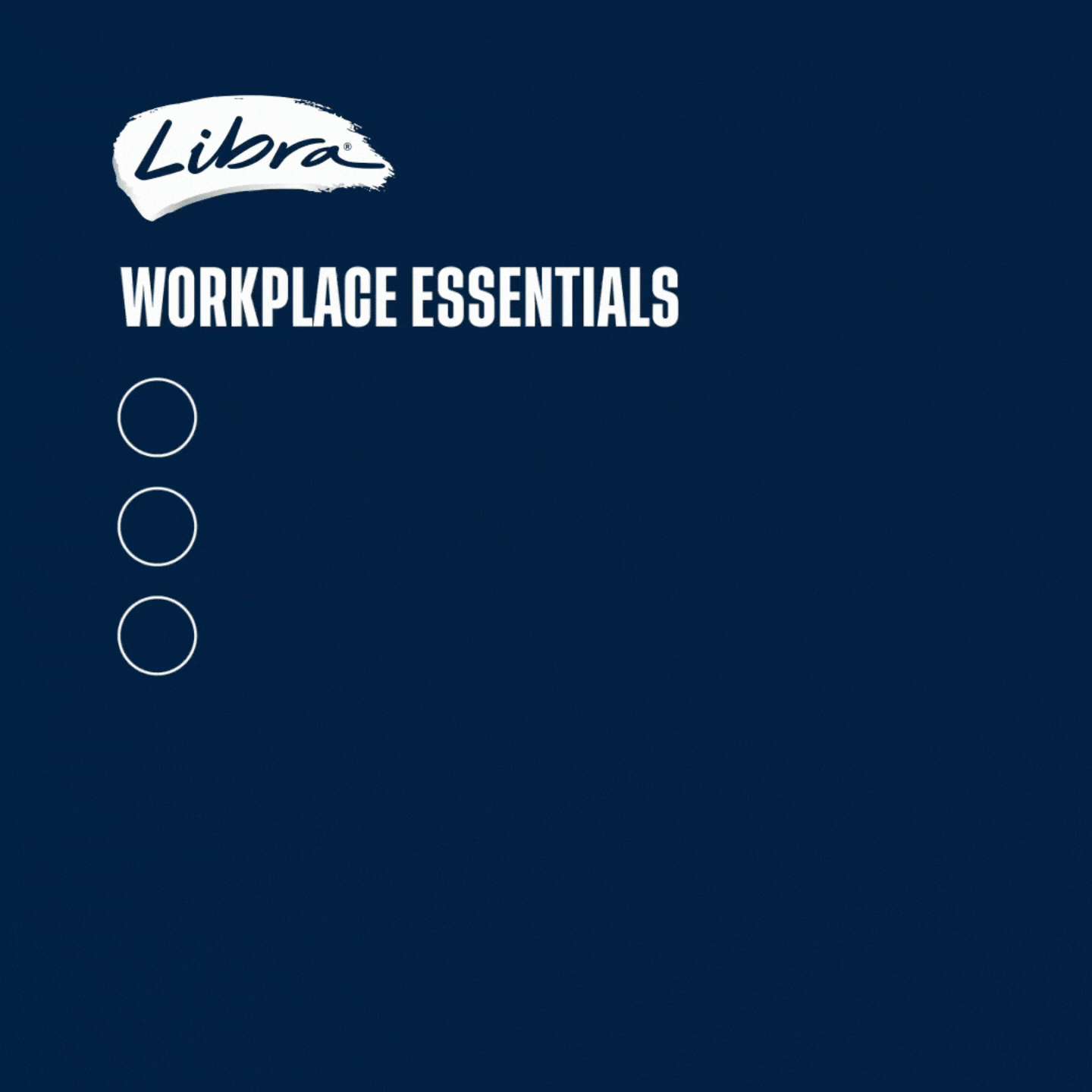The construction industry continues to be one of Australia’s most male-dominated industries.
It also happens to be an industry of high growth (especially coming out of the COVID-19 pandemic) and has been at the centre of significant government stimulus over the past couple of years.
So where are the women?
Women make up just a quarter of the workforce, and significantly fewer numbers in leadership positions.
Just 10 per cent of heads of business in construction are female, according to the latest stats from the Workplace Gender Equality Agency, and just 4.4 per cent of construction CEOs are female.
Meanwhile, this industry has a jaw-dropping gender pay gap, at a massive 30.6 per cent according to WGEA, with women earning $7.72 for every $10 paid to men.
For construction, little has changed in decades – a topic of discussion during a panel discussion held earlier this morning.
As Stockland Co-Head of the Design and NSW Gender Equity Taskforce Sophie Pickett-Heaps noted, the fact these numbers haven’t shifted in decades should inspire many more questions – especially in areas like architecture, where women have been graduated in approximately equal numbers as men since the 1980s and “yet are still relatively scarce in the senior levels of the profession,”

A number of organisations have been working to achieve change, including Parlour, Champions of Change (which has a heavy construction representation, the National Association of Women in Construction, the Gender Equity Taskforce and the Property Council of Australia.
As is expected to be noted during this morning’s event, these groups and employers are pushing for more awareness of the gaps, more gender-equal leadership, better commitments and reporting to achieve outcomes as well as other initiatives to better support women in construction.
And in some areas, this is achieving results.
“We are seeing greater visibility of senior women and leaders in parts of the industry,” Pickett-Heaps said in the lead up to the panel discussion.
She noted where the clients of developers are seeking more diverse consultant teams, responding to 40/40/20 participation targets (40 per cent women, 40 per cent men and 20 per cent discretionary), set by the Property Council of Australia.
“In many large organisations there is a core belief from the board down that authentic diversity and inclusion underpins business performance and operations, and this requires commitment from the board down,” she said.
In the lead up to this morning’s session, the organisers also noted the “diversity dividend” identified by McKinsey & Company research that impacts businesses that “opt out” of the push for gender diversity. Their research finds there is a strong correlation between financial performance and those organisations that occupy the top quartile on gender diverse teams.
As Pickett-Heaps noted: “Companies in the bottom quartile for gender diversity are 29 per cent more likely to underperform financially relative to their peers, while inclusive leaders and teams demonstrate higher levels of creativity, innovation and profit.”
Also speaking on this morning’s panel, Associate Designer at GroupGSA, Holly Riddington, will highlight the power of calling out inappropriate behaviour.
“We are the first generation to acknowledge what is happening in our workplaces, our industry,” she says. “Seeing more female leaders is em-powering, having conversations like this, openly, is a minimum for cultural change.”



